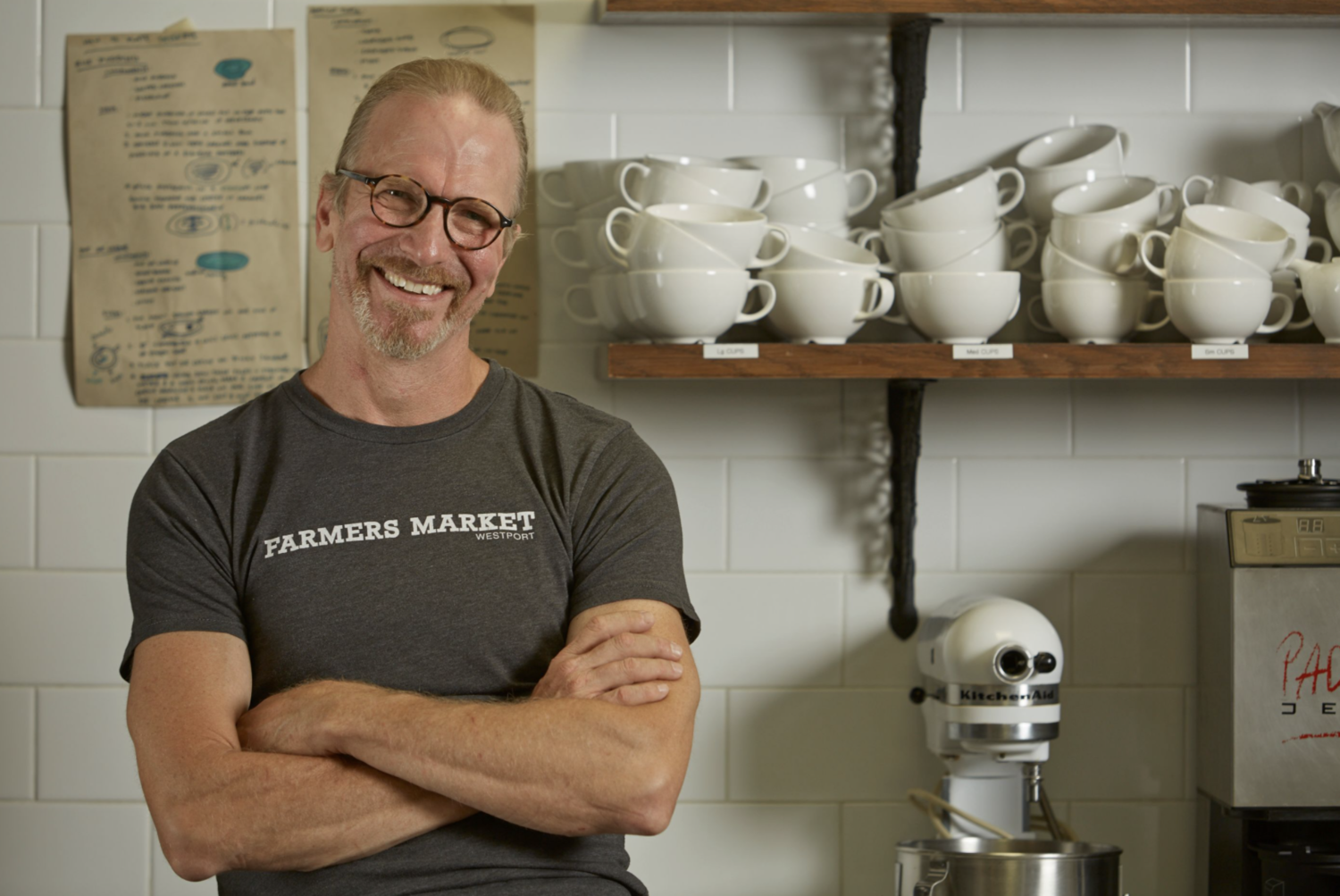Fish and Seafood
Photo by Steve Schimmelman
Cooks love fish and seafood–there is hardly a living chef who does not dream up dish after dish that relies on fish. I am no different. The light, fresh flavor of many fish and the succulent richness of shellfish lend themselves to compatible, happy marriages with a host of other ingredients, from greens, grains, and spices to vegetables such as celery root and tomatoes. What’s more, fish is bursting with nutrients that feed our bodies even as the flavors feed our soul.
If I could, I would eat fish every day and feed it to my family just as often. Unfortunately, this is not good practice, as our seas are suffering from overfishing and stocks of fish are decreasing. It is our responsibility as stewards of our earth to know which fish are sustainable and therefore acceptable to cook with–and which are not.
Thanks to the help of visionary chefs such as Rick Moonen, Peter Hoffman, Rick Bayless, and others, theMonterey Bay Aquarium, Blue Oceans Institute, and similar organizations have formed to educate the public about the alarmingly waning health of our oceans and fish stocks. Funded by foundations such as the David and Lucile Packard Foundation, chefs, scientists, and environmentalists have formed a broad community of diverse yet like-minded global citizens who encourage consumers to make informed decisions when making seafood choices. The benefits are multiple. Consumers can improve their own well-being while benefiting both the health of the oceans and family-oriented fishing communities.
On these pages, I offer recipes for sustainable fish and seafood. Some, like catfish, are raised in fresh water ponds with little impact on the environment, while others, such as wild-caught salmon, are carefully monitored. I don’t advocate eating farmed Atlantic salmon; the salmon are raised in large, densely stocked net pens that pollute surrounding waters with waste and chemicals. Plus, it’s not uncommon for the fish to escape, compete for resources, and, even more distressing, breed with or spread parasites to wild fish. On the other hand, it’s far better for the environment when we eat farm-raised shrimp than the shrimp harvested by huge trawlers.
When it comes to fin fish and seafood, it’s tough to keep up with what’s safe and responsible to eat. The recipes I offer all pass the test. For more information, go to the Environmental Defense Fund, or the page for the Monterey Bay Aquarium.
Photo taken on one of the three cruises named the “James Beard Foundation Collection” — a partnership between Windstar Cruises and the James Beard Foundation.

